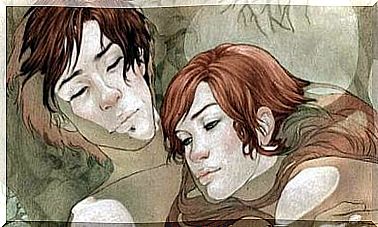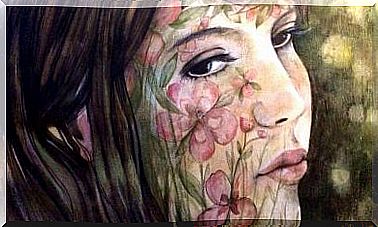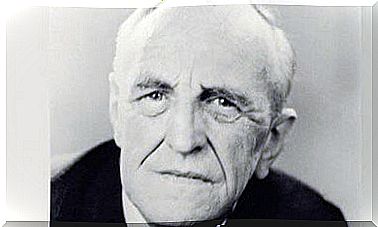Maurice Hilleman, The Man Who Keeps Saving Lives
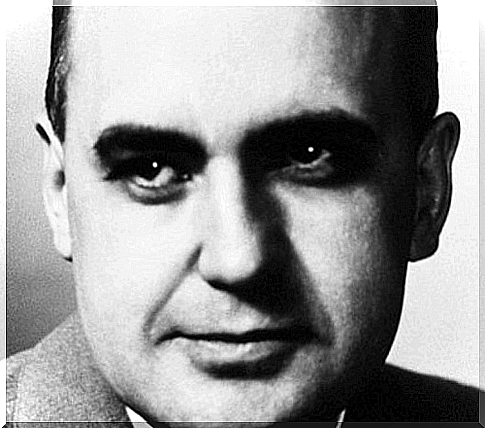
Most of us live thanks to Maurice Hilleman even though we don’t know it. No other scientist has helped increase human life expectancy as much as this microbiologist, from a very humble family.
Hilleman developed important vaccines against mumps, measles, pneumonia, chicken pox and hepatitis B for a total of 40 diseases. There is no other researcher with such a record. Still, his name is not very well known, even in the digital information age.
Those of us who have access to medical care have to undergo a variety of vaccines from birth. Many of them were developed by Maurice Hilleman.
Those who knew him described him as a “grumpy old man”, but also lively and funny. Above all, though, he was an incredibly busy and dedicated man.
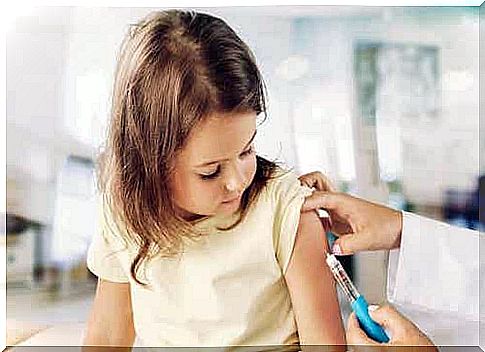
Maurice Hilleman’s early years
Maurice Hilleman was born in Montana on August 30, 1919. His mother and twin sister died in childbirth and he became the youngest of eight siblings in a humble peasant family who worked on their properties to make ends meet.
Like his brothers, Maurice carried out agricultural trades, in particular he raised chickens. Years later, he will say that this work served him enormously in his future research, as many of the vaccines include eggs or some of their components as a basis.
His family was Lutheran, so it was scandalous when he was caught reading Charles Darwin’s The Origin of Species . It was a forbidden work, usable only for atheists.
However, the older brother did not interpret this episode as negative, but as hopeful. For this reason, he encouraged and helped Maurice Hilleman to go to university.
Maurice Hilleman, a genius in the making
Maurice Hilleman was a fabulous student always with excellent grades. He also won a scholarship to pursue his doctorate at the University of Chicago. There he graduated in microbiology in 1941.
Hilleman made himself known when he managed to develop a vaccine against Japanese encephalitis. During World War II, the disease plagued American soldiers in the Pacific. Later, he went to work in an army research center and created a new milestone there.
Together with one of his colleagues, he was able to detect a flu outbreak in Hong Kong. Thanks to one of his discoveries, “genetic drift”, he was able to design a vaccine to fight the virus.
It could have become a pandemic, but thanks to Maurice Hilleman, the situation was kept under control. Despite this, more than 69,000 Americans died from this disease.
Merck and consecration
In 1957 Maurice Hilleman started working for the pharmaceutical company Merck. Many believe that the poor worldwide visibility it gained is due precisely to its association with that company, rather than to academic life. Be that as it may, in that area, Hilleman developed most of his vaccines.
One of the most important, that of mumps (or epidemic mumps), has a very particular history. Hilleman married a nurse and had two daughters. The eldest, Jeryl Lynn, fell ill with mumps at the age of 5.
The father took a sample for the culture and, thanks to it, developed this famous vaccine, which we all probably made as children.
Maurice Hilleman was very thorough in his work. He personally supervised and checked every step of the development of a new vaccine. Perhaps that’s why he had a reputation for being demanding, quick-tempered, and narcissistic.
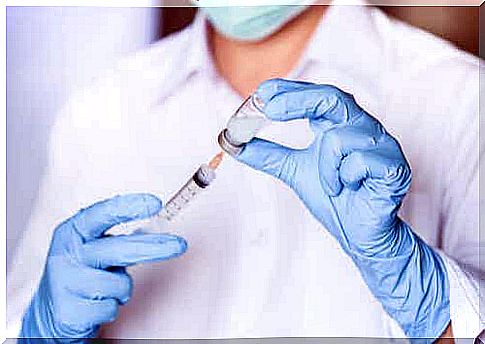
A worldwide recognition that never came
Maurice Hilleman is said to have been particularly proud of the hepatitis B vaccine. It is estimated to have reduced mortality by 95%, at least in the United States, although it is currently used in as many as 150 countries. This filled the great researcher with satisfaction.
The vaccine was also the first to prevent cancer in humans, particularly liver cancer. Maurice Hilleman’s great dream was to develop a vaccine against any cancer. Experts say it caught up with him, in part, when he developed the Merke’s disease vaccine.
Its prestige in the world of science is undeniable. For this reason he held various positions and was even an advisor to the World Health Organization. However, mass fame never came for him, despite his impressive contributions.
He retired from Merck due to forced retirement. Although he continued to work on his vaccines until his death in 1985 at the age of 85. His wife, two daughters and five grandchildren survive.

